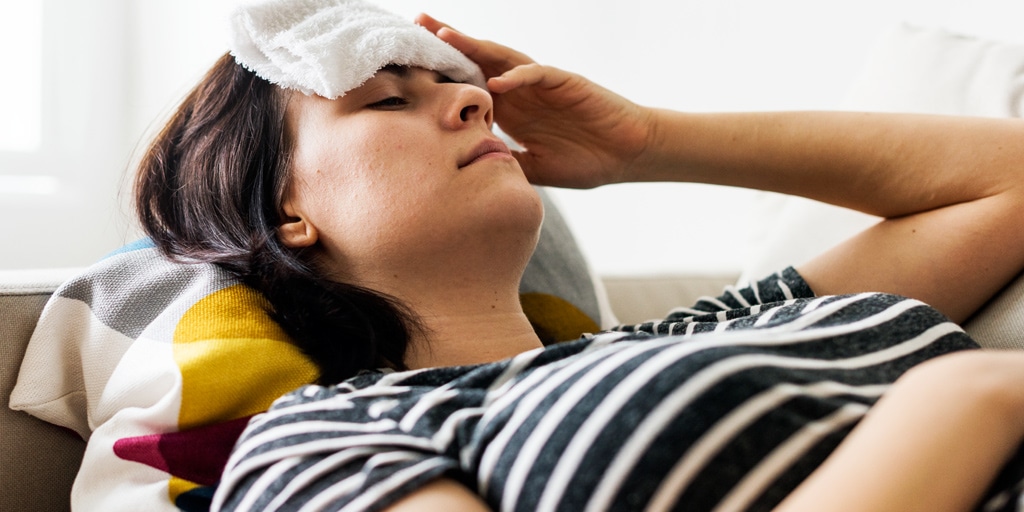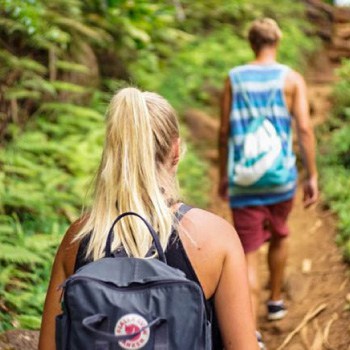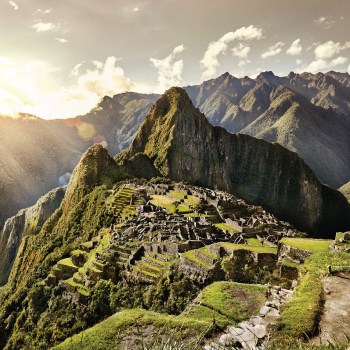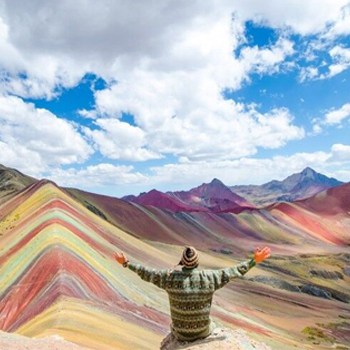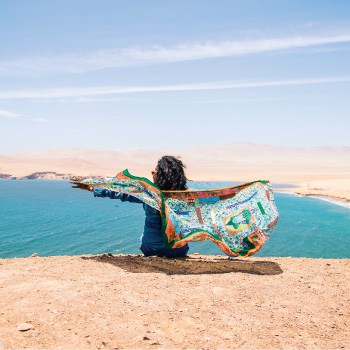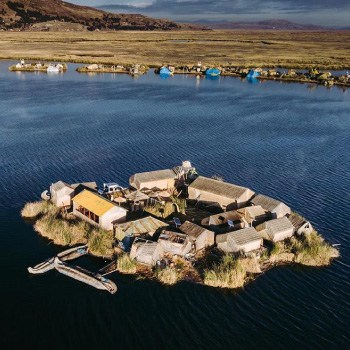Coronavirus and Travel in Peru: Should you be Concerned?
Regularly Updated Information about the Coronavirus outbreak, how it affects Peru and how you should prepare if you plan to visit the country.
Peru has closed its borders for 15 days until March 31 2020, to control the Coronavirus contagion curve.
Machu Picchu and other tourist attractions will remain closed over that period.
- Facts About the Coronavirus
- Is Coronavirus in Peru?
- What is Peru Doing About the Coronavirus?
- Machu Picchu and Coronavirus
- Official Advice About the Virus
- Is Airtravel Dangerous?
- How To Prevent the Spread of the Virus
- What To Do if You Come into Contact With Someone With Coronavirus
- What To Do if You Contract Coronavirus
Basic Facts about Coronavirus
- Coronaviruses are a type of virus that ranges from the common cold to respiratory infections. The ‘current’ Coronavirus is a novel coronavirus, and it is the first time that this particular string of the virus has been found in humans.
- The World Health Organisation has specified that the risk of the virus is low.
- The most common symptoms are coughing, fever, shortness of breath and difficulty breathing.
- It is a viral disease that is spread through droplets. This means that you don’t have to worry about airborne contamination.
- You cannot get the virus if you have not been in contact with someone who has the virus or someone who is a carrier.
Is Coronavirus in Peru?
Coronavirus has been reported in Peru, but the numbers are low. Find the exact data here.
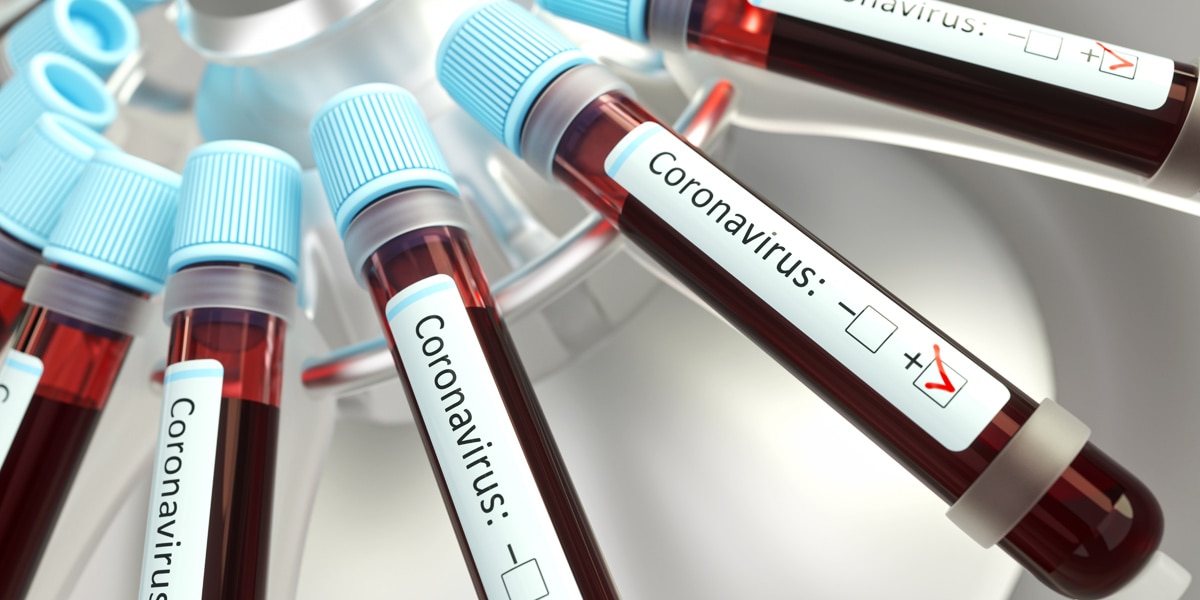
What Precautions is Peru Taking to Reduce the Risk of the Coronavirus?
Peruvian authorities have decided to take action for 15 days by restricting the mobility of people in the territory, as well as closing borders until March 31. Food supplies and the movement of people who wish to return to their homes have also been guaranteed. Markets, pharmacies, banks and, of course, hospital and health centers will remain open during these 15 days and the mobilization of their workers is guaranteed.
Peruvian officials have released the official budget and plan of action that is in place for dealing with the virus:
- Promotion of Public Health: A budget of S/ 129,360 is dedicated to the development and teaching of the public about the best way to avoid contracting or passing on the virus.
- Disease Surveillance and Case Investigation: A budget of S/ 215,000 for the training of staff about monitoring and identifying cases.
- Laboratory Support: A budget of S/ 174,200 in order to ensure the supply of materials needed for diagnosis.
- Organization of Health Services: With a huge budget of S / 1,024,000, this guarantees there are spaces for handling registered cases of the virus. (Budget includes isolation rooms and equipment for staff).
- Risk Awareness and Communication: A budget of S / 1,529,040 is available.
- Protection of the Environment for the Health of Workers: The budget is S / 605,000.
A mobile hospital has been set up in Lima airport in order to test people as they arrive, and nine more hospitals are set to appear if the risk of the virus rises.
Machu Picchu and Coronavirus
The restriction of mobilization in Peru to avoid infections by Covid-19 includes access to the mythical Machu Picchu and Rainbow Mountain. All tours are temporarily canceled until April 1st.
Official Advice from the World Health Organization Regarding Travel
The official advice from the World Health Organization is that there is no need to stop any travel plans. You are at no more risk while traveling than you are staying at home. In fact, in Peru the case numbers are so staggeringly low, you may be safer in Peru.
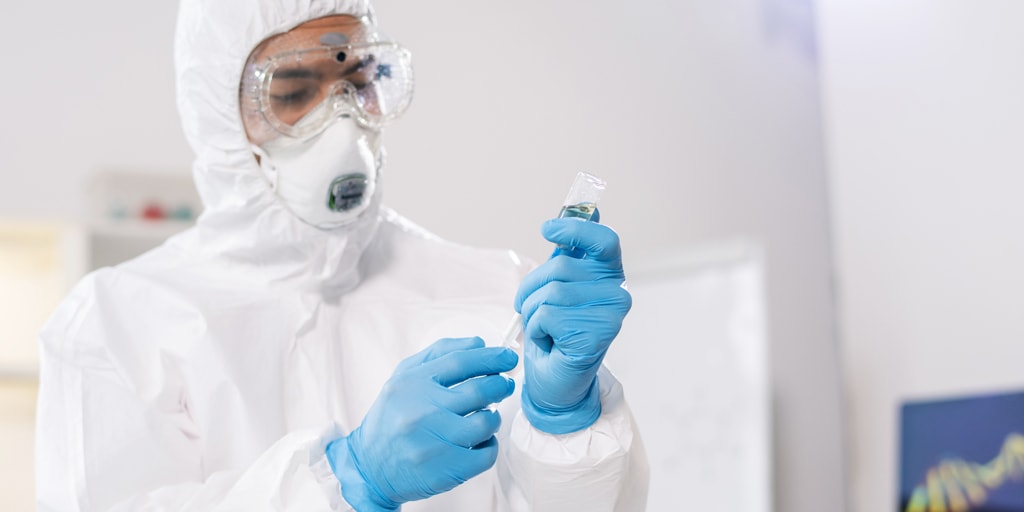
Public Concerns About Aircraft Travel
Since the virus is NOT airborne and thanks to the specialized ventilation on airplanes designed to clean and ventilate the air, air travel should be of no concern. The virus can survive on surfaces for up to 30 minutes and you cannot get the virus if you have not been in contact with someone who has the virus or someone who is a carrier.
Personal Precautions You Can Take
Since the virus is spread through droplets, ensure that you wash your hands thoroughly and that you follow proper coughing and sneezing etiquette. Proper coughing and sneezing etiquette mean that you cover your mouth and nose with a tissue, your hand, or your elbow. Then dispose of the tissue and wash your hands.
You should also follow proper food hygiene precautions, washing your hands, vegetables, and implements well before use and ensuring all your food is properly cooked.
The use of masks is very effective for people who are ALREADY affected with the disease. Unfortunately, for those who are not infected, it does not do too much to help prevent the spread of infection. Official advice is to avoid hysteria buying and to leave masks for those who need them: people who are infected with the virus and people who are caring for those with the virus.
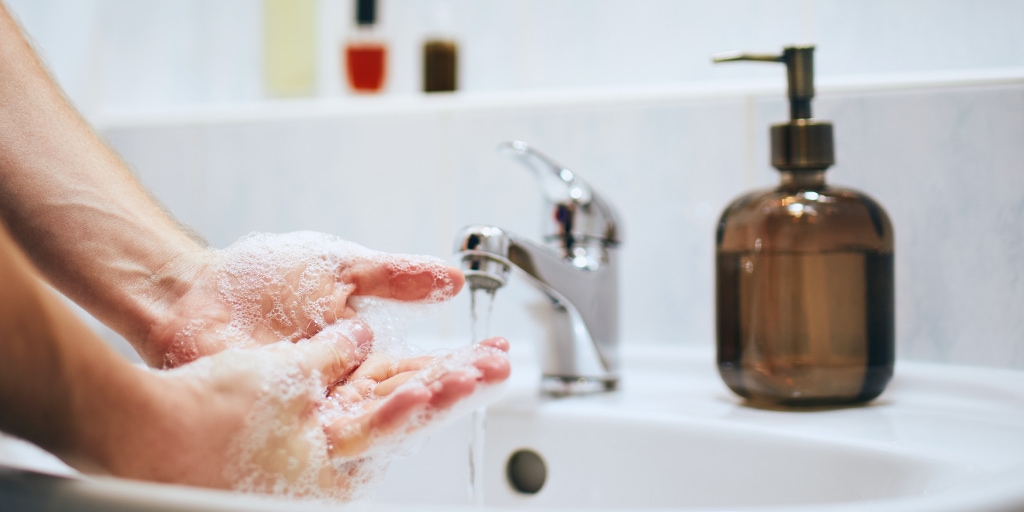
Remember, the virus is spread through droplets, so washing your hands or using an alcohol-based gel is actually much more effective protection.
What To Do if You Have Come into Contact with Someone with Coronavirus
Wash your hands and monitor yourself for any symptoms that may appear. If you are truly concerned then try to stay at home for a maximum of 2 weeks. If no symptoms have presented themselves by then, you are fine. If you start to experience symptoms such as fever and shortness of breath, then seek medical advice.
What To Do if You Believe That You Have Been Infected With Coronavirus
If you are showing symptoms of being infected with the Coronavirus then call your local medical center. They should give you advice about the best place to go to. You can then put on one of the masks as you go to visit them. Try not to cough on anyone.
85% of cases are mild cases and people are able to recover at home. There are people who are more at risk, such as the elderly or those with existing breathing issues. If you are told your symptoms are mild, but they last longer than 2 weeks or you experience difficulty breathing then seek medical attention again.
